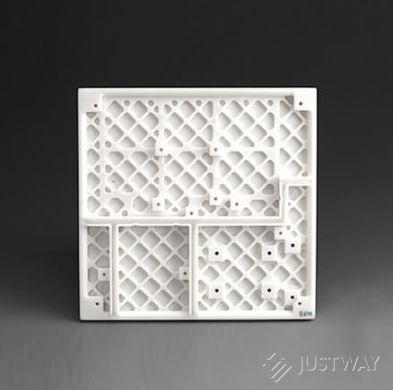Search title or content
-
Projects
- Categories
-
 3D Printing
3D Printing
-
 Automotive
Automotive
-
 Electrical
Electrical
-
 Energy and Power
Energy and Power
-
 Industrial Design
Industrial Design
-
 Just for Fun
Just for Fun
-
 Medical
Medical
-
 Robotics
Robotics
-
 Tech
Tech
-
 Tools
Tools
- View all categories
- By Source Files
- C-shaped Apple Watch Stand
- DIN Rail Dimension: 35mm x 7.5mm
- Spindle Clamp Dia80mm
- F1 Front Wing
- a 3D printable model of the Statue of Liberty with support structures 3D model
- a 3D model of a wish lantern and tealight votive
- 3D printable Pikachu holding a heart STL file 3d printing model
- Foldable toolbox STL file download
- Winter Planter Flower 3D stl file models free download
- 13x4 Propeller
- THE ANTI OLOID
- DIY Tire for RC Cars
- View all source files projects
- Questions
- Sponsorships
- Feedback
- Videos
- Blog
- Store






